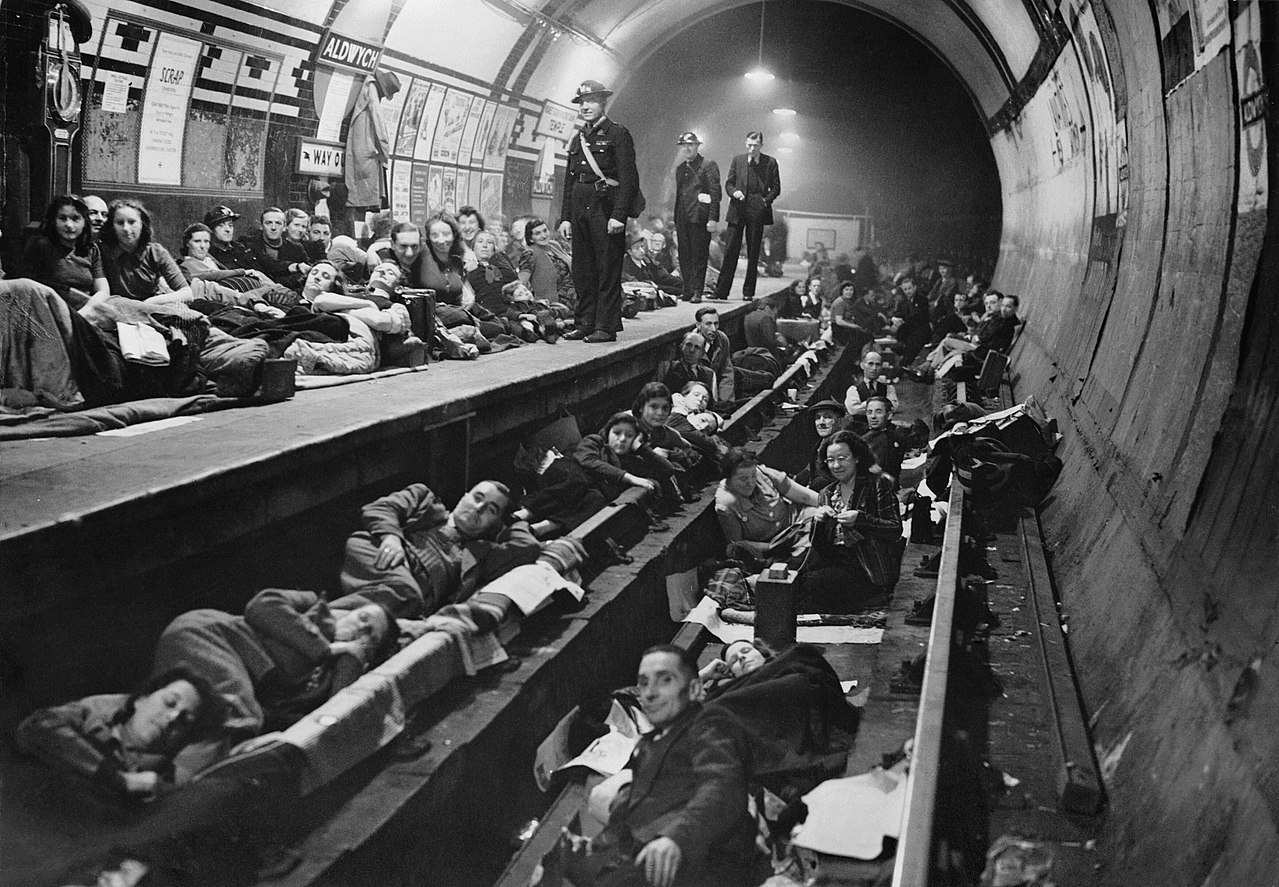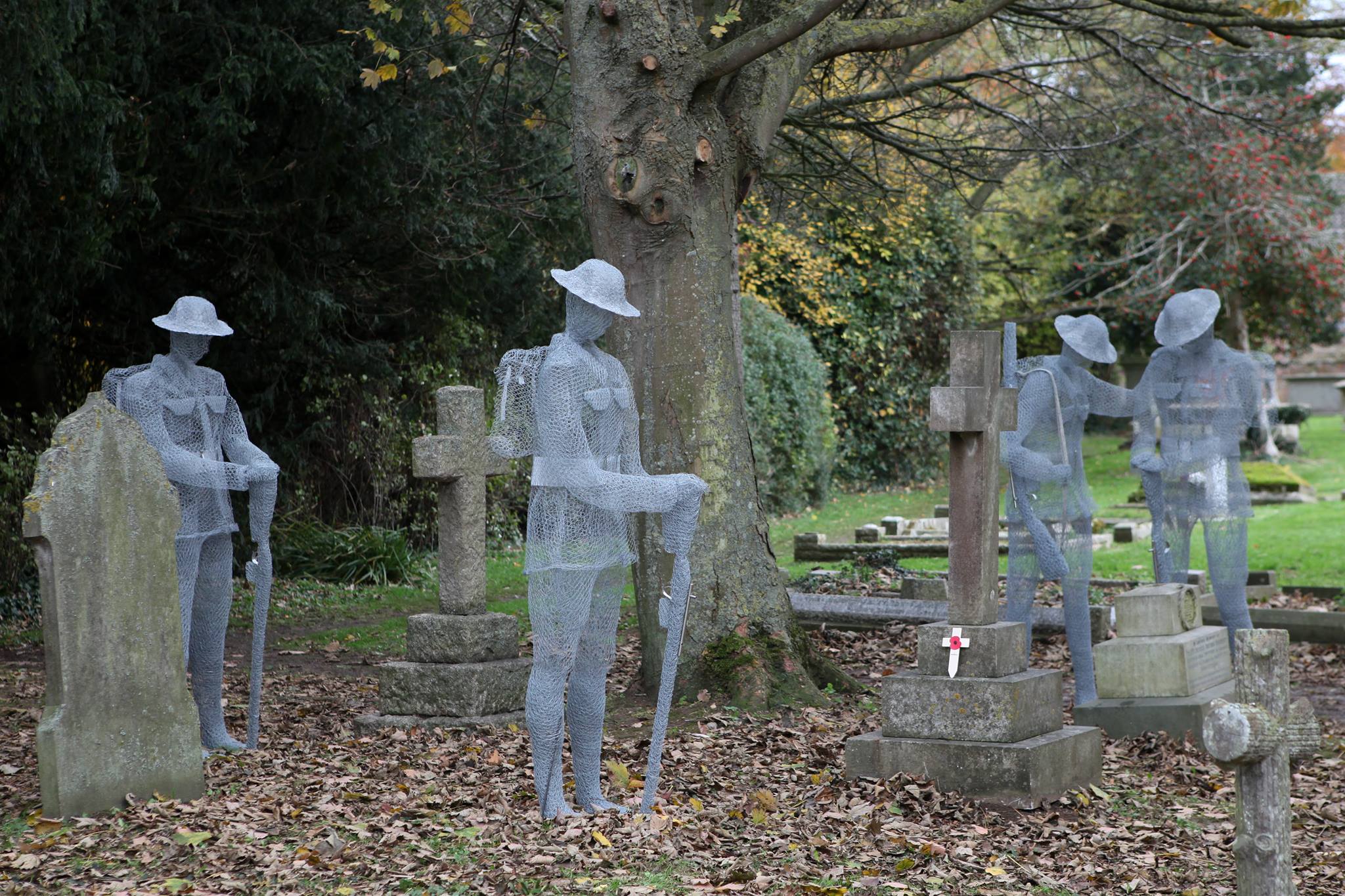Between September 1940 and May 1941, Britain endured one of the most sustained bombing campaigns in its history…The Blitz.
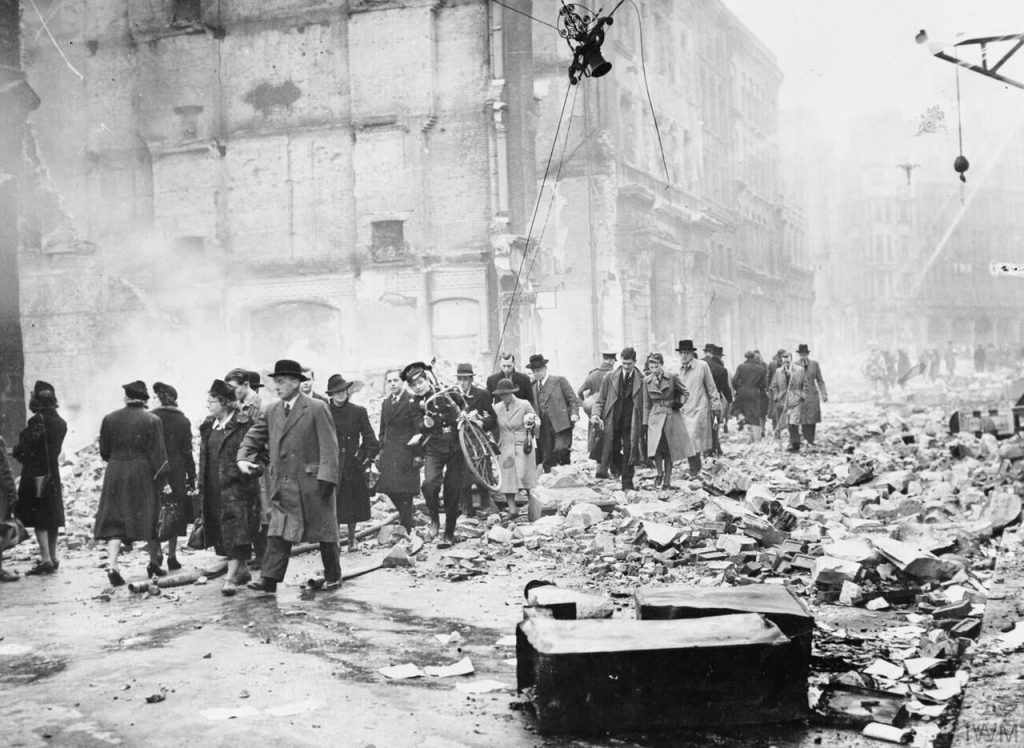
German forces, seeking to weaken British morale and prepare for a potential invasion, unleashed nightly air raids that transformed cities into scenes of fire and rubble.
Blitz
The term “Blitz” comes from the German word Blitzkrieg, meaning “lightning war,” reflecting the sudden and intense nature of the attacks.
The Blitz began in earnest on 7 September 1940, when the Luftwaffe targeted London in what would become known as the “London Blitz”. Over the next eight months, the capital endured 71 consecutive nights of bombing, along with sporadic raids in the following months.
The Cities
Other cities, including Birmingham, Coventry, Liverpool, Manchester, and Glasgow, also faced devastating attacks. Coventry, for instance, was almost entirely destroyed in the raid of 14 November 1940, which targeted industrial facilities and infrastructure critical to the war effort.
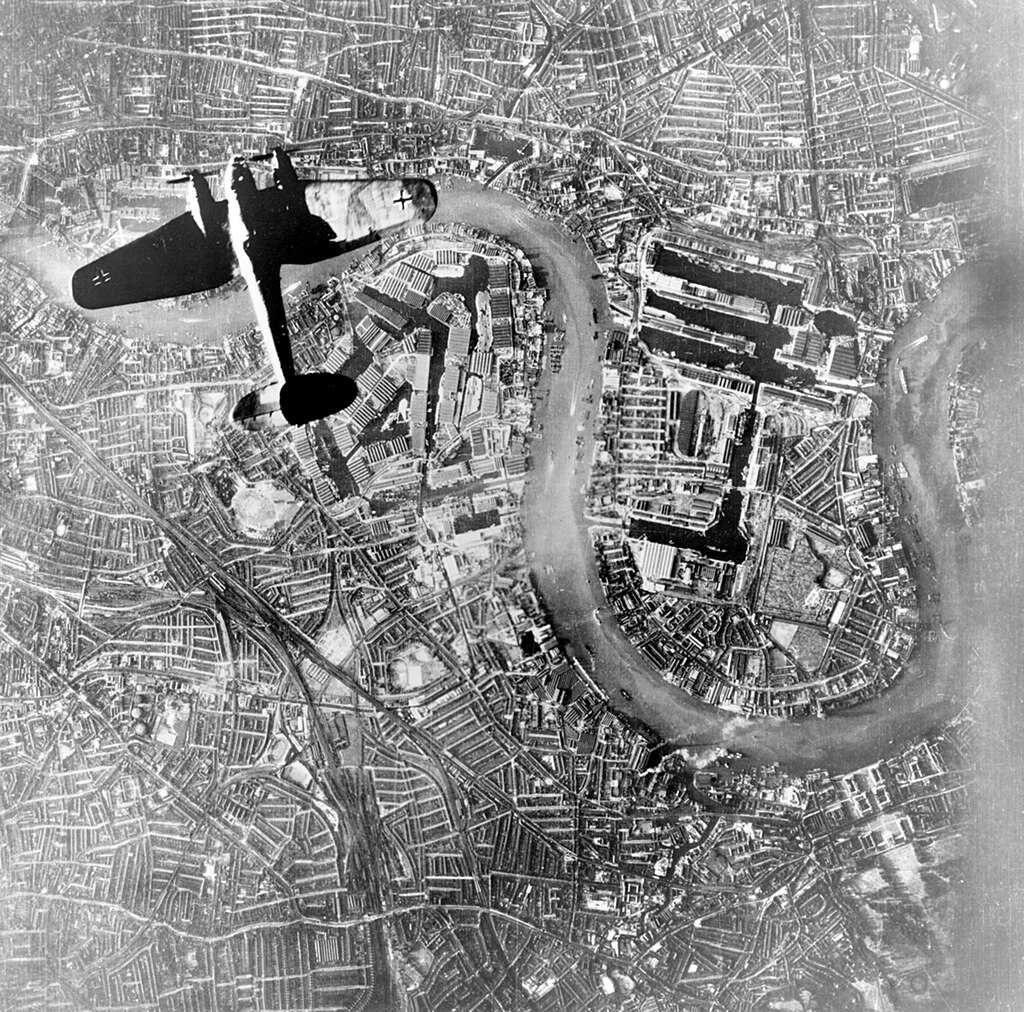
The scale of destruction was staggering. Between 1940 and 1941, more than 43,000 civilians were killed and over 139,000 were injured. Homes, schools, hospitals, and factories were obliterated, leaving millions homeless.
The Organisation
Yet, despite the devastation, the British people demonstrated remarkable resilience. Underground shelters, particularly the London Underground, became lifelines, while public morale was boosted by organisations such as the Women’s Voluntary Service and the Air Raid Precautions (ARP) teams, who coordinated evacuations and provided emergency aid.
The Luftwaffe’s primary targets were industrial centres, docks, and military installations, but civilian areas suffered heavily as bombs often missed their intended marks.
Morale
The attacks also revealed the limitations of German strategic bombing: rather than breaking British morale, the Blitz hardened resolve and unified the country behind the war effort.
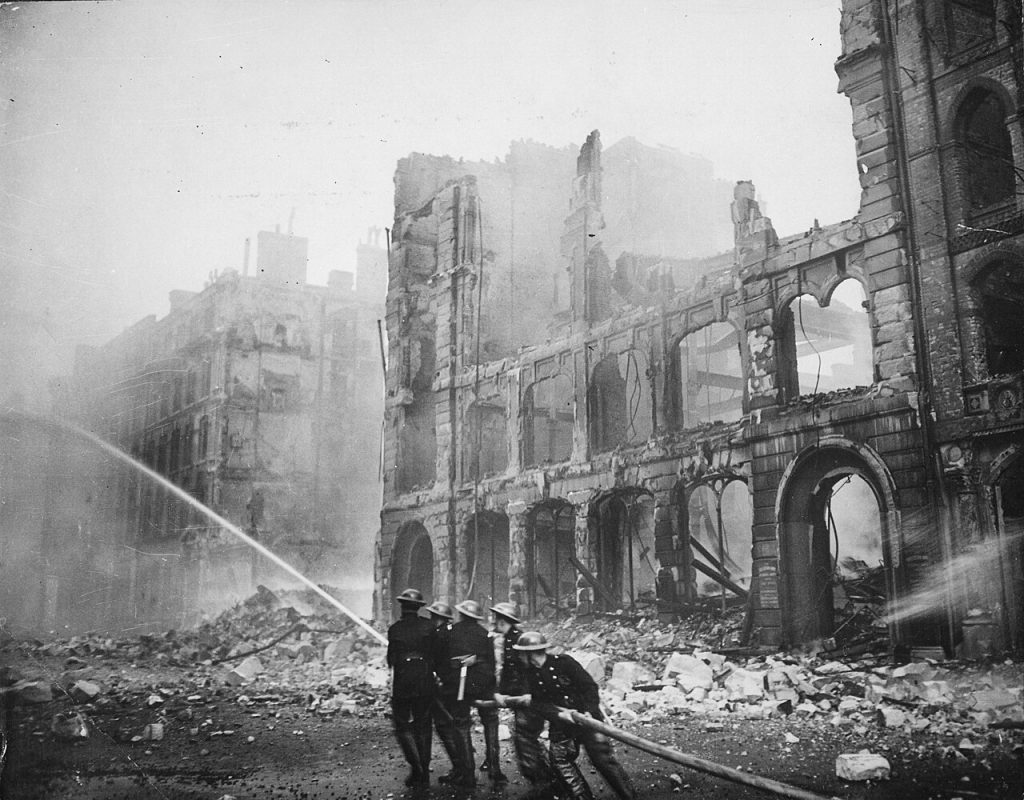
Technology and tactics played a significant role on both sides. The British relied on anti-aircraft artillery, radar networks, and night-fighter squadrons to detect and intercept German bombers.
The development of radar, in particular, gave the Royal Air Force a critical edge, allowing pilots to locate and engage enemy aircraft even in darkness or poor weather. On the German side, the Luftwaffe relied on Heinkel He 111s, Dornier Do 17s, and Junkers Ju 88s, employing both high-explosive and incendiary bombs to maximise damage.
The Effects
By May 1941, the Blitz began to lose intensity as Germany shifted its focus to the invasion of the Soviet Union in Operation Barbarossa. Britain, though battered, remained unbroken.
The Blitz had failed to force surrender or cripple industrial capacity, and instead left a legacy of resilience, community spirit, and innovations in civil defence that would shape the nation throughout the war.
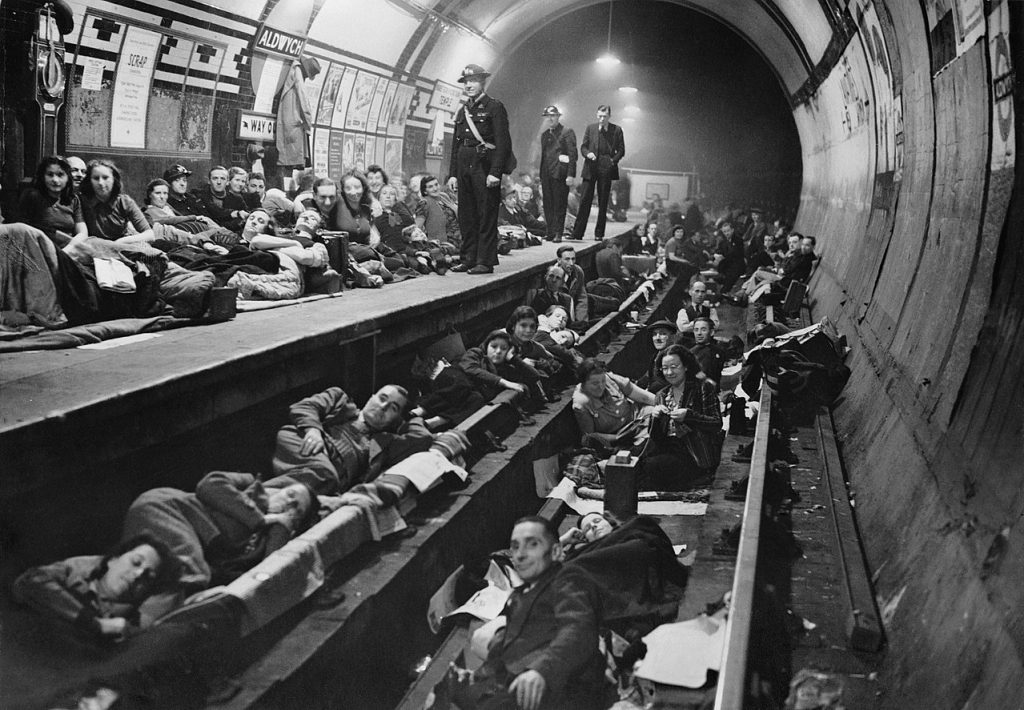
Today, the Blitz remains a symbol of both the horrors of modern aerial warfare and the enduring strength of civilian communities under attack.
Memorials, museums, and surviving air raid shelters across Britain preserve the memory of those who endured the nightly raids and paid the ultimate price, ensuring that the story of the Blitz continues to be remembered.
